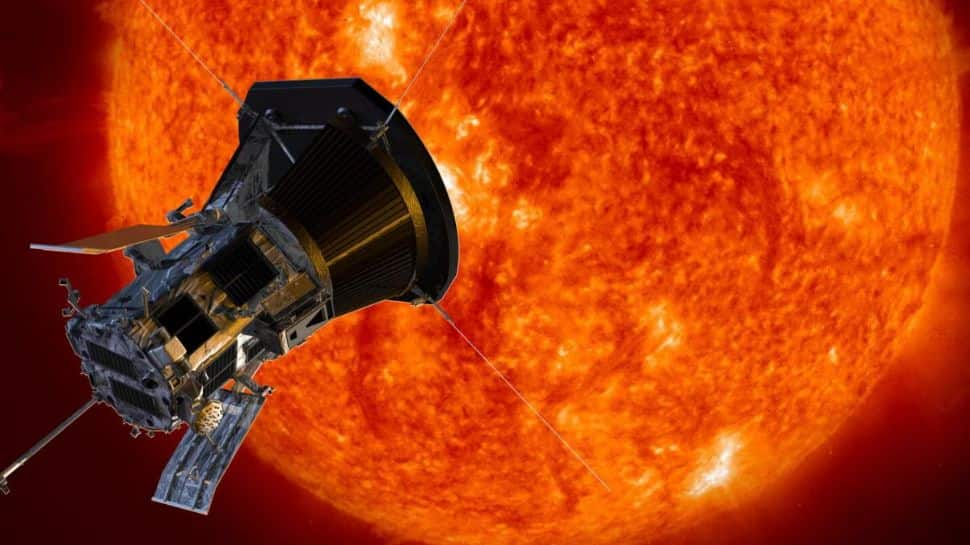NASA has confirmed that its Parker Solar Probe is in good health and operating normally after making closest approach to the Sun ever. This historic event took place on December 24, when the probe passed within a mere 3.8 million miles (6.1 million kilometers) of the Sun’s surface, entering the Sun’s outer atmosphere, known as the corona.
The Parker Solar Probe’s recent encounter marks a significant achievement in space exploration. It successfully entered the corona, the outermost layer of the Sun’s atmosphere, a region that had long been inaccessible to previous spacecraft. This close-up encounter allows the probe to gather invaluable data that could revolutionize our understanding of the Sun, Earth’s closest star.
The mission’s goal is to explore key aspects of the Sun’s behavior, including how solar material is heated to extreme temperatures, the origin of the solar wind, and how energetic particles are accelerated to near-light speeds. These phenomena have long intrigued scientists, and the Parker Solar Probe’s unprecedented proximity is expected to provide answers.
Status Report: A Safe and Operational Spacecraft
Just before midnight on December 28, the operations team at the Johns Hopkins Applied Physics Laboratory in Maryland received a beacon signal from the Parker Solar Probe, confirming that it was in good health and functioning as expected. According to NASA, this signal was a reassuring sign that the spacecraft had successfully navigated its record-breaking approach without incident.
NASA’s official statement highlighted that after the probe’s closest approach, it transmitted a beacon tone back to Earth, reassuring the team that the spacecraft was safe and operating normally. “Following its record-breaking closest approach to the Sun, NASA’s Parker Solar Probe has transmitted a beacon tone back to Earth indicating it’s in good health and operating normally,” the agency announced.
The Probe’s Mission and Expected Discoveries
The Parker Solar Probe is expected to provide key insights into several important aspects of solar physics. By studying the Sun up close, scientists hope to learn how material in the Sun’s corona is heated to millions of degrees. This phenomenon remains one of the greatest mysteries in solar physics. Additionally, the spacecraft will help determine the origins of the solar wind, the continuous stream of charged particles emitted by the Sun, which can affect space weather on Earth.
Another exciting aspect of the mission is the study of how energetic particles from the Sun are accelerated to near light-speed velocities. These particles are thought to play a significant role in the behavior of solar storms and space weather, which can impact satellite operations, communication systems, and even power grids on Earth.
During its closest approach, the Parker Solar Probe endured extreme conditions, including temperatures reaching up to 1,800°F (982°C). The spacecraft’s ability to withstand these high temperatures while operating flawlessly is a testament to its engineering and design. Traveling at speeds of up to 430,000 mph (692,000 kph), the probe is set to continue its mission, gathering data and sending it back to Earth for analysis.

